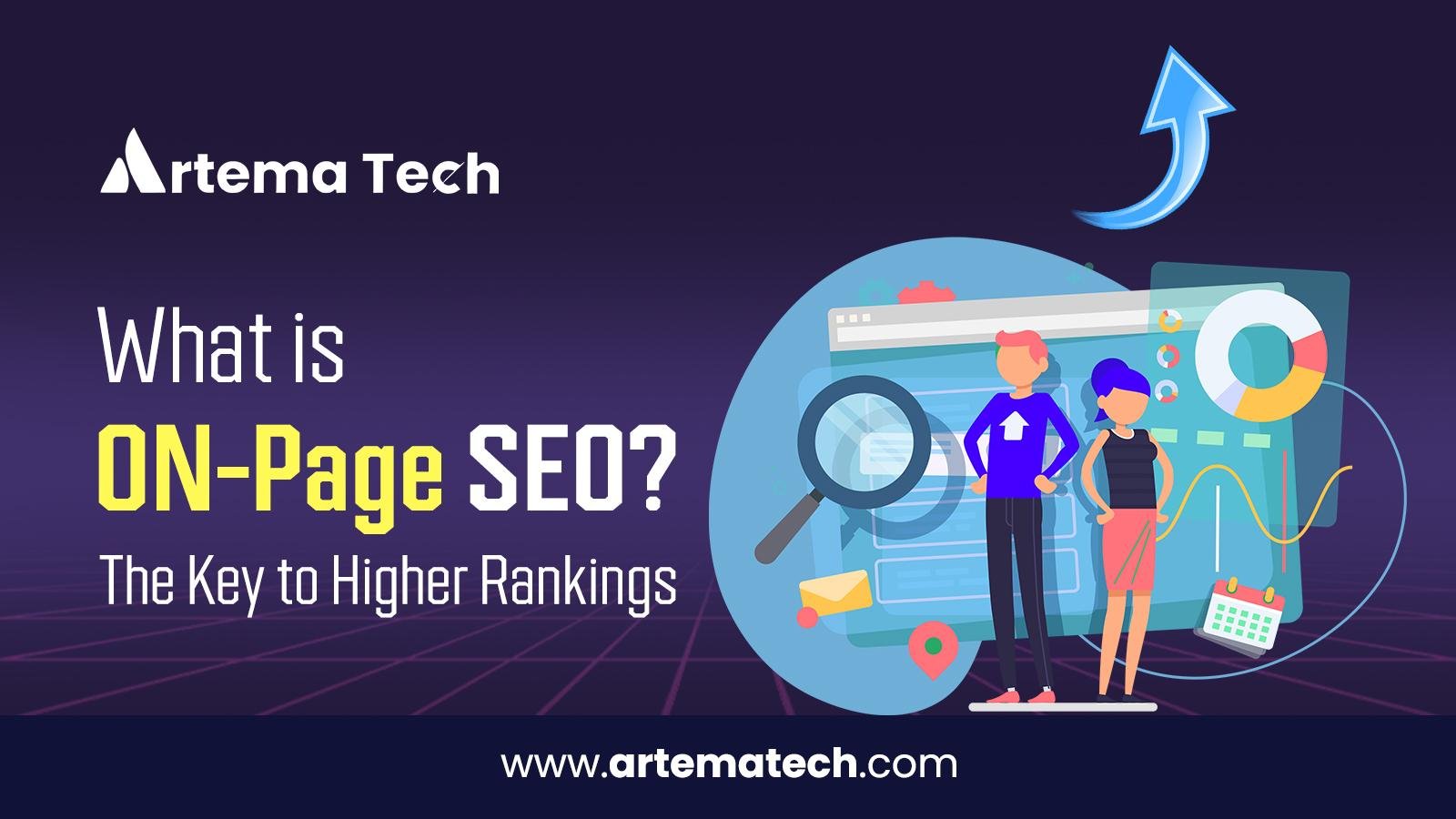Subtotal $0.00
The Internet is a vast global community with millions of active users and has quickly become one of the most essential tools for businesses today. It offers an incredible opportunity for growth and development on a large scale. Gone are the days when traditional sales channels were the only way to reach a broad audience. Now, the Internet offers a whole new world for businesses to expand their reach with minimal time and investment.
People use search engines to find their desired information on the Internet, but they consider only those that appear in the top 5 results. Businesses that know the importance of this factor focus on appearing on the first page or in the top positions of search results, either through paid ads or by applying a natural method: Search Engine Optimization (SEO).
What is SEO?
SEO (Search Engine Optimization) is a set of techniques that employ various tools and strategies to improve a website’s ranking on search engine results. SEO ensures that when users search for a query, your site appears in the top pages, with a higher chance of being clicked.
Search engines such as Google, Yahoo!, and Bing help users find the content they seek. Studies show that higher traffic often results in more sales, making it a key factor in revenue growth. But SEO isn’t just about making money; it also helps you expand your business and share helpful information with those who need it most.
Types of SEO:
SEO methodology involves many factors, and no site can claim to use all of them simultaneously. These factors are divided into three types:
On-page SEO (or on-site SEO)
On-page SEO consists of factors within your control area, including your code, such as metatags and meta descriptions, headings, title tags, internal links, site maps, page load time, semantics, and navigation.
Off-page SEO (or off-site SEO)
Off-page SEO includes factors that are independent of the code and not under your control. These include forum postings, social media marketing, bookmarking, and blogs.
Technical SEO
Technical SEO optimizes a website’s infrastructure to help search engines crawl, index, and rank it. It includes site speed, mobile friendliness, structured data, and XML sitemaps.
On-Page SEO Optimization
On-page SEO is essential for positioning your posts at the top of the search results page. You do not need to apply these strategies for every kind of content; if the content is good enough, it will automatically rank. However, prioritizing these strategies will give you more consistent results.
Segments of On-Page SEO:
Page Title:
Your page title is one of the most significant factors for search engine rankings. It contains key information that affects visibility and ranking and is always placed within the HTML file. A compelling title not only improves website rankings but also attracts more visitors. It is your first impression, a key to winning over clients.
Following is the language structure of the Page Title:
Title tag in HTML <title> Your web site Title </title>
Description Tag:
The meta description tag is a short but tremendous summary of your webpage. It acts like a mini-advertisement and can significantly impact website traffic. It appears just below the title in search engine results (SERP). Through the meta description, you can convince the audience to choose your page over the competition.
The linguistic structure of the description tag is:
<Meta NAME=” description” CONTENT “your website description.”>
Heading Tags:
Search engines give more weight to headings than regular text, making them a good place to add essential keywords. Headings range from H1 to H6, with H1 being the most important and H6 the least. These headings help search engines understand and rank your content better. The ideal strategy is to keep H1 to H3 heading level.
The linguistic structure of the heading tag is:
<H1>Heading Title</H1>
Conclusion:
In conclusion, On-Page SEO is essential for any business aiming to succeed in the digital environment. The power of On-Page SEO lies in its ability to make your content easy to approach and understand for the users. It significantly drives more organic traffic, increases brand awareness, and ultimately contributes to business growth.
Please visit our website, Artema Tech, for more information.


Magda
Having read this I thought it was very enlightening.
I appreciate you spending some time and energy to put this short article together.
I once again find myself personally spending a lot of time both
reading and commenting. But so what, it was still worth it!